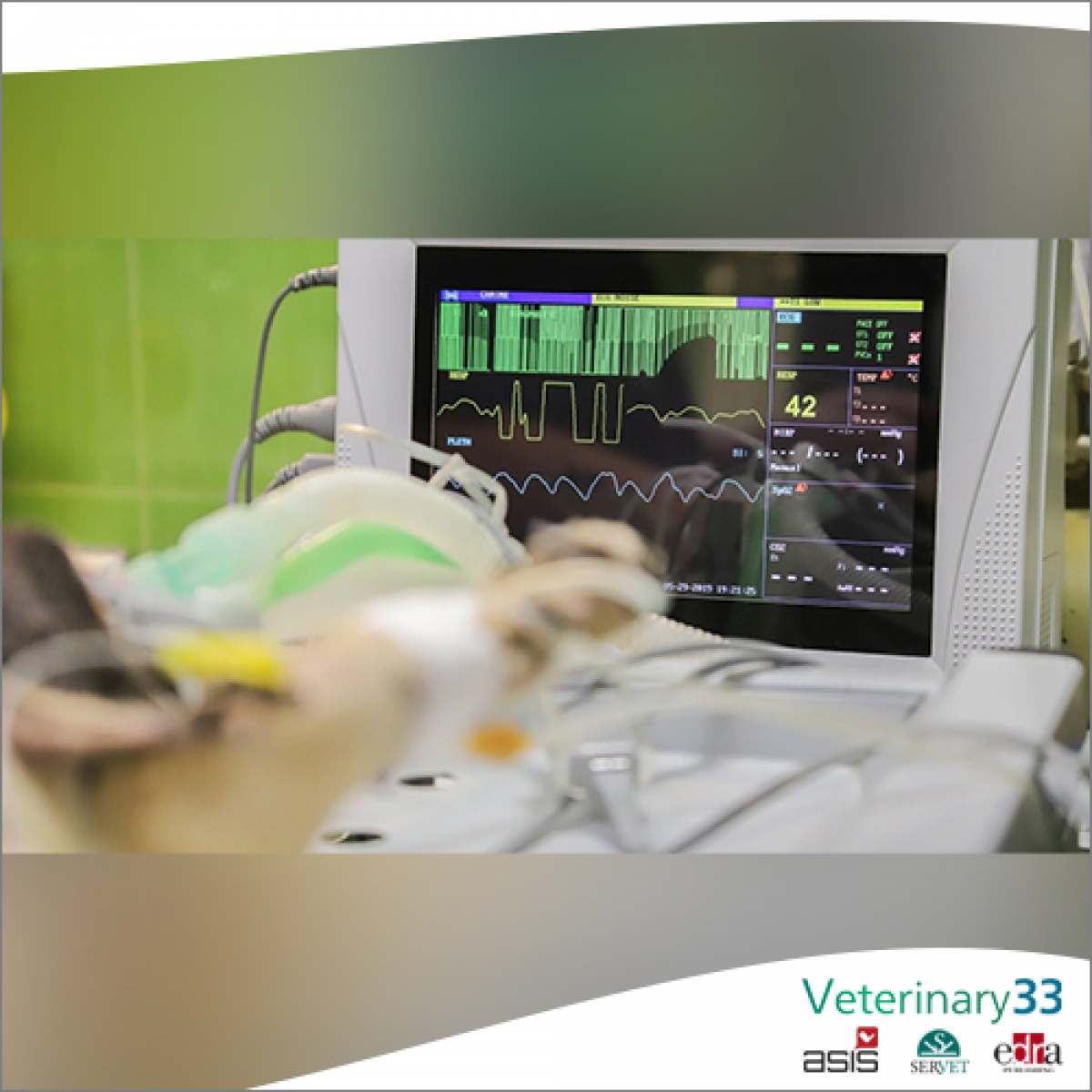Management of regurgitation during anesthesia
A patient who regurgitates during anesthesia can suffer damaging complications such as aspiration pneumonia, rhinitis, and esophagitis.
Regurgitation is a potential complication in anesthetized patients. A patient who regurgitates under anesthesia can suffer damaging complications such as aspiration pneumonia, rhinitis, and esophagitis, which can lead to strictures. All of these complications can range from mild irritation to more serious, potentially life-threatening situations.
Patients at increased risk of regurgitation
There are many conditions that can predispose a patient to be more likely to spit up under anesthesia. In the event that a patient arrives with a known history that may predispose him to regurgitation or make him at high risk for regurgitation, such as megaesophagus, there are some medications that can be administered at home prior to admission to the hospital, as well as throughout the anesthetic procedure. These patients also spit up sometimes for days after the procedure, so some of the medications could be continued at home. Thorough pre-anesthetic evaluation is key to making an individualized plan to achieve the best outcome.
Steps to reduce further complications
Before induction, have all the equipment that may be necessary within reach and ready to go. Rapid sequence induction is recommended in these patients and there should be pre-oxygenation with monitoring prior to induction. The patient should be rapidly intubated with a preselected lubricated tube and the airway secured. Once the airway is secured and the patient is stable, the airway can be reassessed. If the patient regurgitates during this induction process, the head should be dropped lower than the patient's body so that the liquid escapes through the mouth and is not inhaled and suction should be carried out as soon as possible. Ideally, the patient should be intubated and the airway secured so that suctioning can be performed in a more controlled manner, although it is sometimes necessary to suction the patient while intubated with the head lower than the body to allow the fluid to fall from the mouth.
Once the patient is intubated and the airway secured, the mouth, esophagus, and nasal passages should be suctioned and flushed with saline or water. The Salem sump is a very useful tube to accomplish this as it can go down the esophagus, sometimes directly into the stomach, to suction and have a flushing attachment. Rinsing is often an overlooked step in the process; however, removing the regurgitated contents of the mucous membranes can decrease irritation and therefore decrease the severity of rhinitis and esophagitis and prevent strictures. Monitoring the patient is often an essential part of preventing further complications. Suctioning and rinsing should be performed as needed throughout the anesthetic event, ensuring that the airway is secure at all times.
During extubation
At the end of anesthetic procedures, the patient should be reassessed and checked for any evidence of further regurgitation. The patient should be extubated in a sternal position with the head tilted so that fluid can escape through the mouth. Make sure the patient has a good swallowing reflex so that if he spits up after extubation, he is awake enough to swallow rather than inhale the contents. The tube cuff can also be inflated slightly to "clean" any fluid that has gone down the windpipe and back up with the tube.
Since regurgitation is a common complication of general anesthesia and the agents given to these patients, it is also a condition that can be treated and helped to prevent. Often, it is not possible to predict which patients will develop this problem, but it is necessary to be prepared and react appropriately to avoid added complications.
Handling regurgitation as a complication. By Stacey Reiling, CVT, VTS (anesthesia/analgesia), CVPP. Veterinary Practice News.









List
Add
Please enter a comment